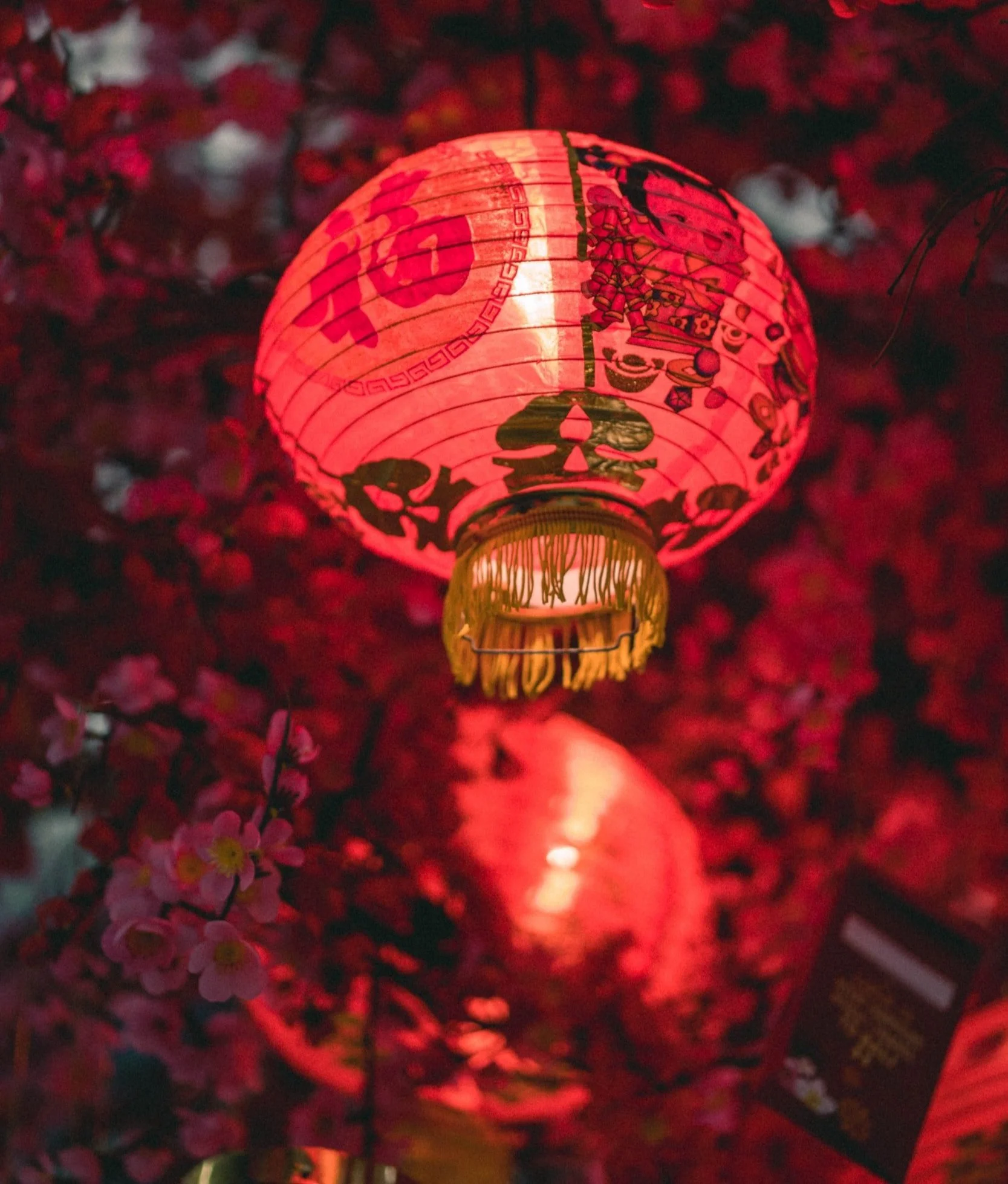Celebrate Lunar New Year with Symbolic and Flavorful Dishes
The Lunar New Year is one of the most important celebrations in many Asian cultures, marking the arrival of spring and the start of a new zodiac cycle. It’s a time for families to reunite, honor traditions, and share delicious meals imbued with symbolic meaning. This year, as we celebrate the Year of the Snake, the occasion takes on a special significance. The snake represents wisdom, transformation, and adaptability—qualities we can embrace as we step into the new year.
Food plays a central role in Lunar New Year festivities, with each dish chosen for its connection to health, prosperity, or happiness. Among the many culinary treasures enjoyed during this celebration, three stand out: Chinese Scallion Pancakes, Pan-Fried Whole Fish, and Shrimp Singapore Noodles. These dishes not only delight the taste buds but also carry meaningful wishes for the year ahead.
1.
Singapore Noodles
Longevity and Joy
Long noodles are a staple of Lunar New Year meals, representing longevity and a wish for a long, healthy life. Shrimp Singapore Noodles, with their vibrant curry flavor and tender shrimp, offer a modern twist on this tradition. The shrimp, often associated with happiness and laughter due to their resemblance to a smiling face, add an extra layer of joy to the dish. As the curry spices bring warmth to your plate, the lively colors and bold flavors of Singapore Noodles serve as a reminder to embrace life with energy and enthusiasm in the year ahead.
2.
Asian Whole Pan Fried Fish
Abundance and Togetherness
A whole fish is a must-have centerpiece for the Lunar New Year table. The Chinese word for fish, yú (鱼), sounds like "surplus," symbolizing an abundance of wealth and blessings in the year ahead. Serving the fish whole, with its head and tail intact, underscores the importance of unity and completeness in the family. Traditionally prepared by steaming, frying, or braising, whole fish is seasoned with soy sauce, ginger, and scallions to highlight its delicate flavor. Sharing this dish with loved ones is a reminder of harmony and togetherness, making it a powerful addition to the festivities.
3.
Chinese Scallion Pancakes
Layers of Fortune
Chinese Scallion Pancakes, or cōng yóu bǐng (葱油饼), are a savory delight made with simple ingredients like flour, scallions, and sesame oil. Their crisp, golden layers symbolize wealth and prosperity, as their circular shape and stacked folds resemble coins. These pancakes are often served as a snack or side dish during Lunar New Year celebrations, offering a satisfying crunch and a taste of good fortune for all who enjoy them.
Crafted with care, scallion pancakes are an expression of tradition and skill passed down through generations. As you fold and roll the dough, take a moment to reflect on the abundance you hope to bring into your life in the coming year.
A Feast for the Year of the Snake
Together, these dishes create a feast that is both delicious and meaningful, embodying the spirit of the Lunar New Year. As we welcome the Year of the Snake, let’s savor these culinary traditions with gratitude and a sense of renewal. Here’s to a year filled with wisdom, transformation, and prosperity!
Discover more tips, gifts, and traditions to celebrate the Lunar New Year by checking out these helpful links!
Year of the Snake 14k Gold Necklace by Id Rogue
Year of the Snake Earrings by ID Rogue
Year of the Snake Fine Jewelry by Irden Designs featuring 14k gold and diamond ring and earrings
The Lunar New Year is a significant celebration observed by many countries across Asia and beyond, each adding its unique cultural elements to the festivities. In China, where the festival originates, it is known as Chūn Jié (春节) or Spring Festival and spans 15 days. Traditions include family reunions, offering red envelopes filled with money (hóngbāo) for luck, and elaborate feasts featuring symbolic foods like dumplings and fish. Vibrant dragon and lion dances, coupled with firework displays, create an atmosphere of excitement and joy, believed to ward off evil spirits and bring good fortune for the year ahead.
In Japan, the Lunar New Year was traditionally celebrated, but the country transitioned to observing the New Year based on the Gregorian calendar in 1873. However, remnants of the festival are still seen in regions like Okinawa, where Kōshōgatsu (小正月) honors the lunar calendar with customs like eating rice porridge with red beans (azuki gayu) for good health. In contrast, in Vietnam, Tết Nguyên Đán, or Tết, is the most important holiday. It features vibrant markets selling peach blossoms and kumquat trees, symbolic foods like bánh chưng (sticky rice cakes), and ancestral worship. Families come together to clean their homes, a ritual thought to sweep away bad luck and welcome prosperity.
Other countries, such as Korea, Mongolia, and Singapore, also celebrate the Lunar New Year with unique traditions that reflect their cultural heritage, emphasizing themes of renewal, gratitude, and hope for the future.





















